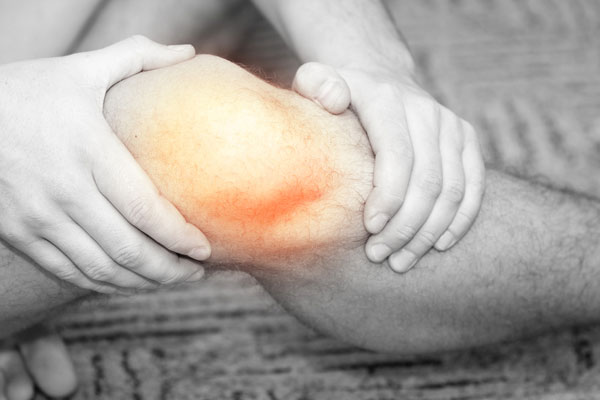Why It’s Good to (Occasionally) Skip the Gym
 Photo via Shutterstock
Photo via Shutterstock
Can you really have too much of a good thing? When it comes to exercise, the answer might be yes. Too much exercise, or “overtraining,” can lead to aches and pains that will not only keep you out of your running shoes, but can cause long-term damage and injury. To prevent being derailed from overtraining, it’s important to know what it is, how to identify it, and how you can recover.
What is overtraining?
According to the American Council on Exercise, overtraining is defined as “constant intense training that does not provide adequate time for recovery.” In other words, overtraining happens when you’re working out too much for your body without enough time to recover. What’s important to note about overtraining is that any stress on the body, not just exercise, can make the problem worse. Working late, not sleeping enough, and not getting adequate nutrition can all exacerbate overtraining symptoms.
What are the signs of overtraining?
Some signs that you may be overtraining include:
- More frequent injuries, specifically overuse injuries
- Decrease in performance, or feeling like it’s taking extra effort to exercise
- Increase in time it takes for you to recover from injuries and soreness
- Loss of appetite and gastrointestinal issues like constipation
- Decreased immune function, or getting colds and flus more frequently
- General feeling of malaise
How to test for overtraining:
The best way to test for overtraining is to measure your resting heart rate first thing in the morning either by counting your pulse for 60 seconds, or by using a heart monitor. Take your pulse for three consecutive mornings and find the average. If your morning resting heart rate increases by five beats or more, it’s a sign that your stress hormones are elevated, a common symptom of overtraining.
What should you do if you’re overtraining?
If you’ve overtrained, the best thing to do is reestablish a positive exercise and rest relationship. Having a consistent sleep schedule that has you asleep before 10:30 p.m. and provides you with at least seven to eight hours of sleep each night will ensure that your body is releasing the necessary rest hormones. It’s also important to cut back on your volume of exercise, or the number of hours per week you’re working out. A good way to do this is by substituting long runs (30 minutes or longer) with short, interval-style running lasting a maximum of 20 minutes. That way, you are cutting down on your volume of activity but increasing intensity. Maintaining good nutrition should also be a priority, taking care to eat carbohydrates since they are necessary to replenishing energy.
Above all, though, your best strategy is to prevent overtraining in the first place. To do that, you must keep your lifestyle in mind. For instance, if you’ve been working around the clock and staying up way past your usual bedtime, waking up for a 6 a.m. indoor cycling class may not be the best option for your body. By constantly staying aware of your body and how you’re feeling, you’ll be able to stay out on the trails, at the gym, or in class.


